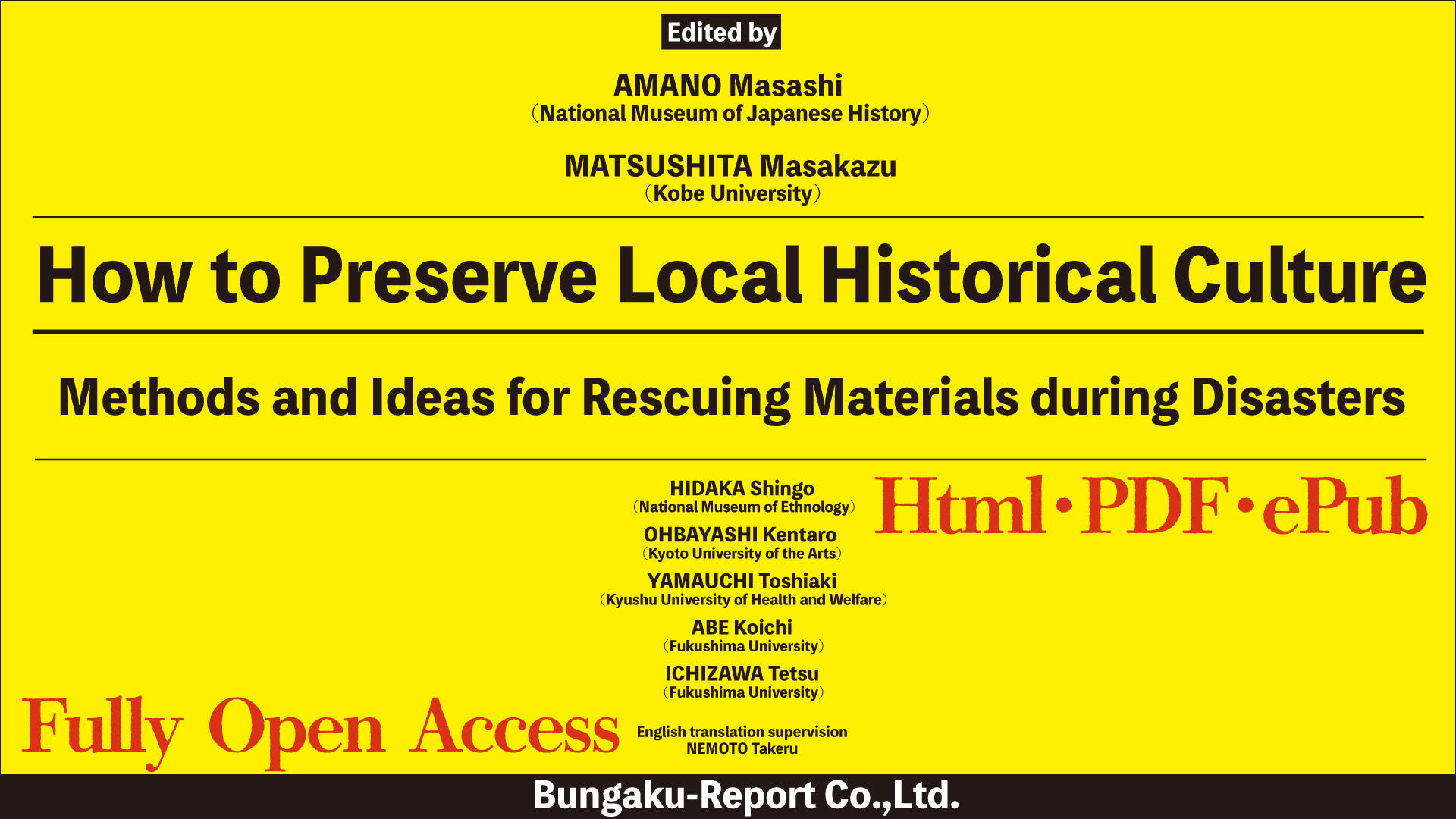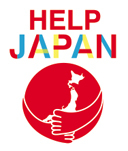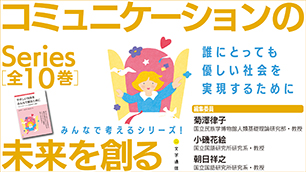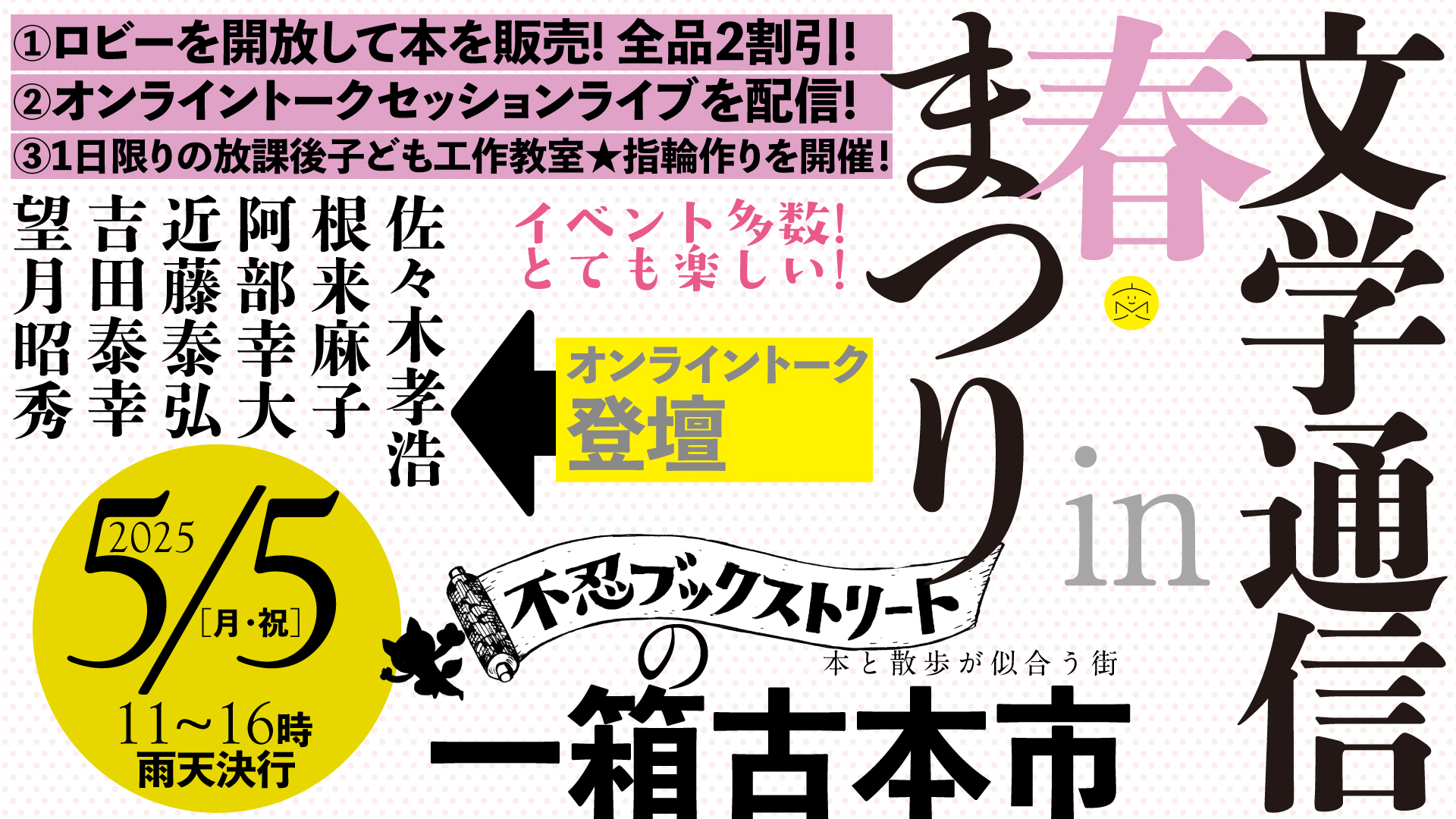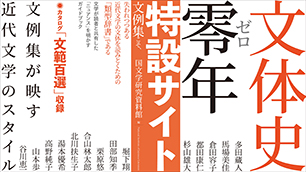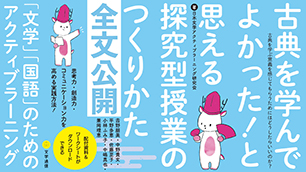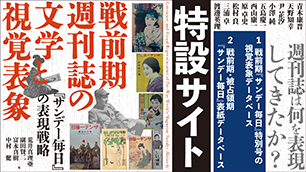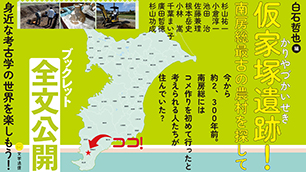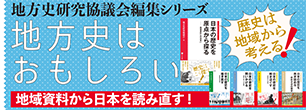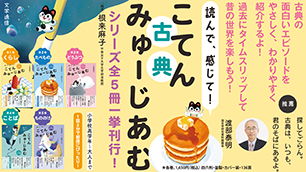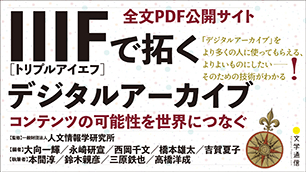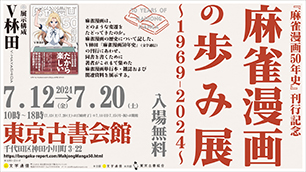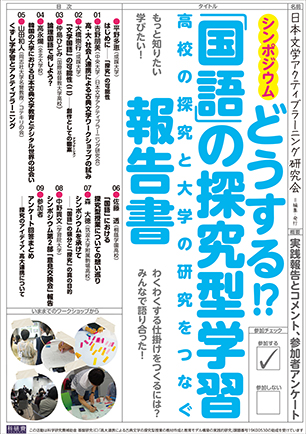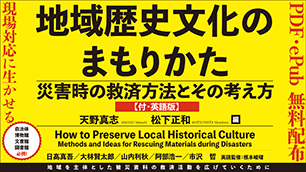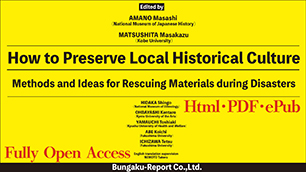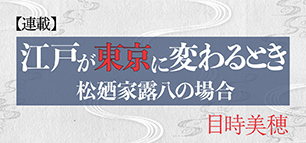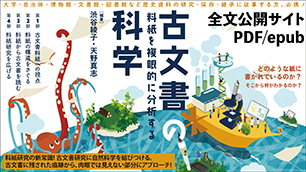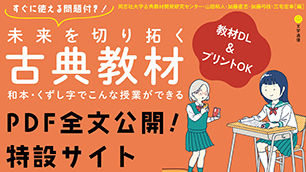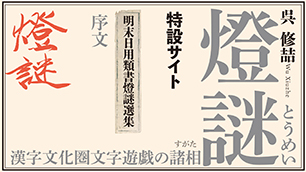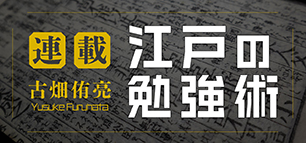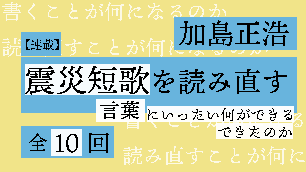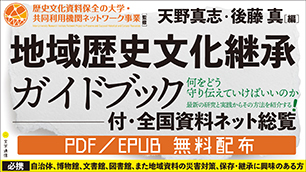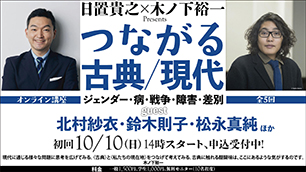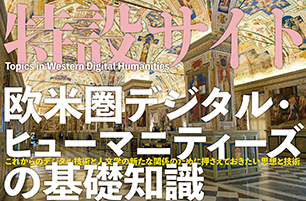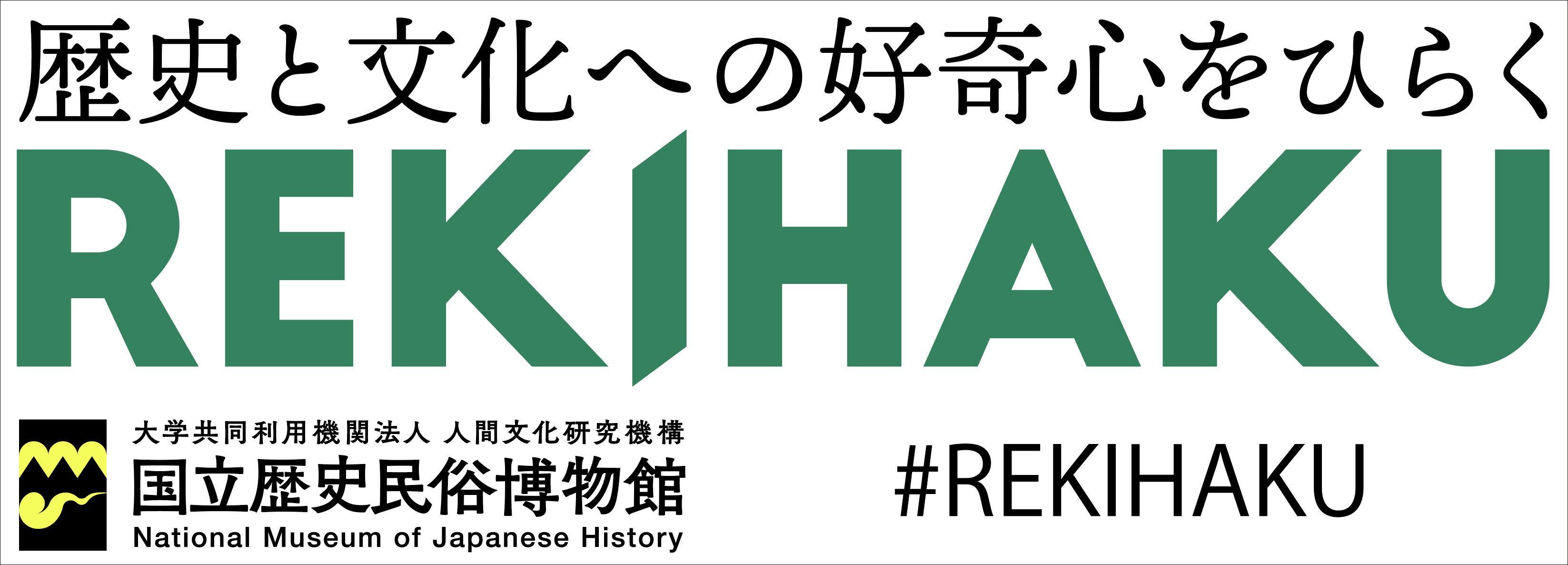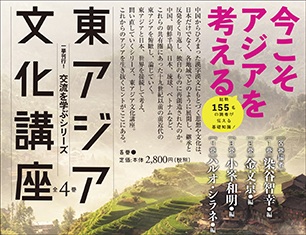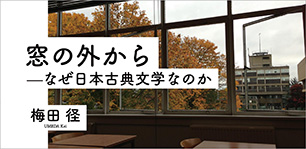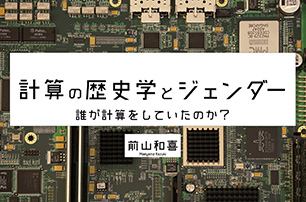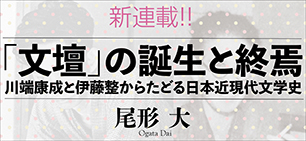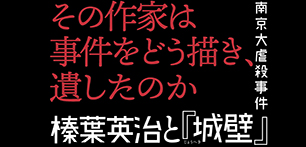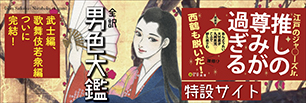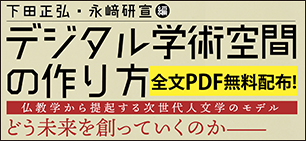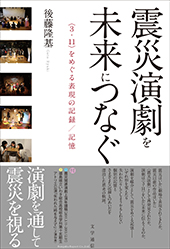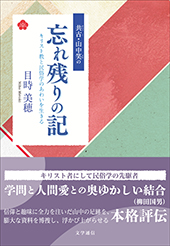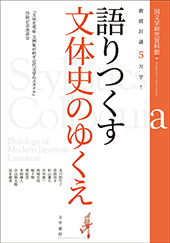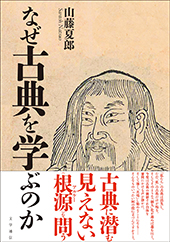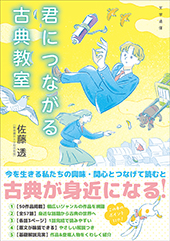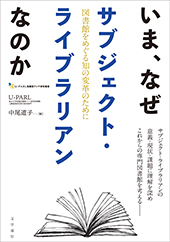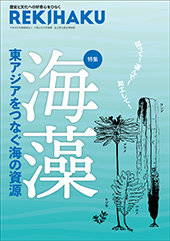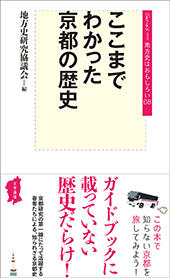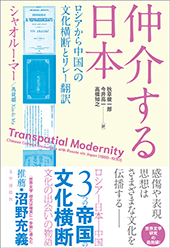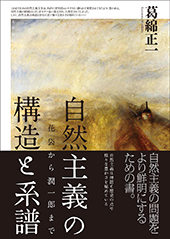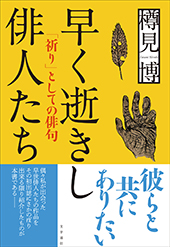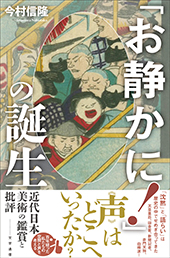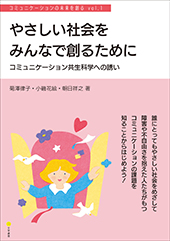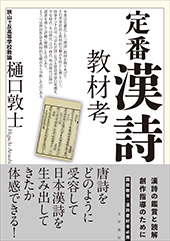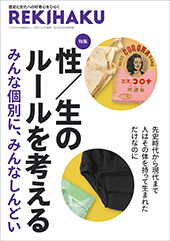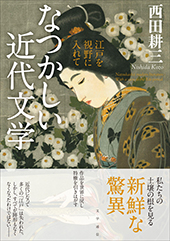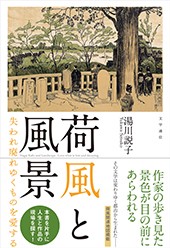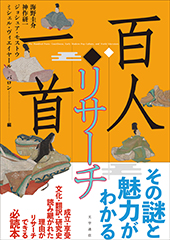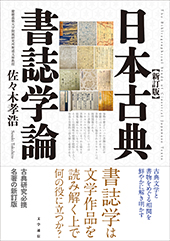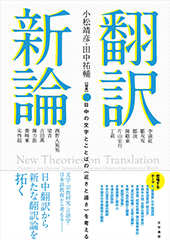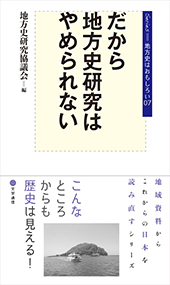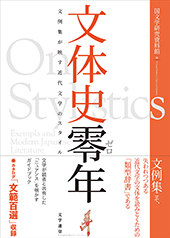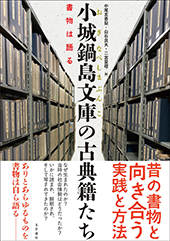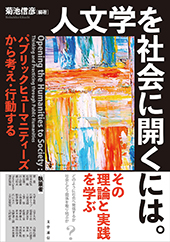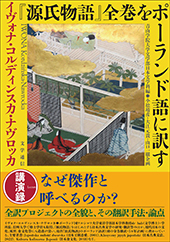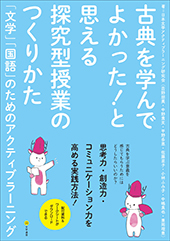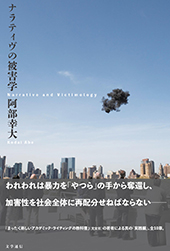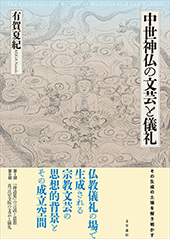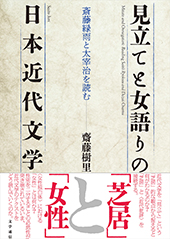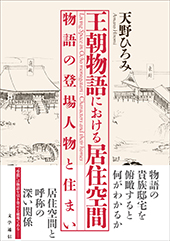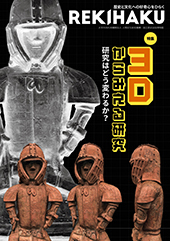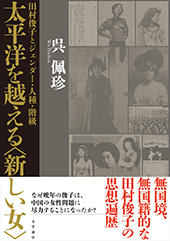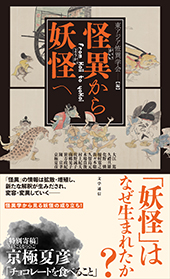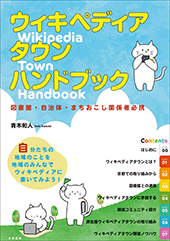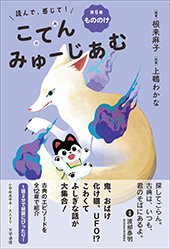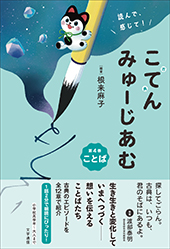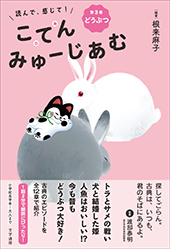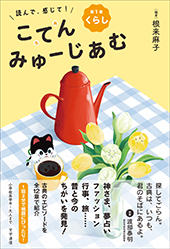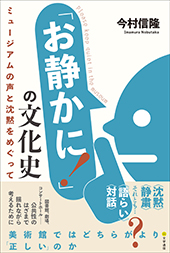Chapter 1 Communities and Materials in the Event of a Disaster / AMANO Masashi
Download PDF
Chapter 1
Communities and Materials in the Event of a Disaster
AMANO Masashi (National Museum of Japanese History)
Introduction
In our life, the threat of natural disasters is ever-present. While people involved in local communities study and prepare for frequent earthquakes, windstorms, and floods in every way, those in history and culture also try to devise the means to protect and pass on the historical/cultural materials handed down from generation to generation in each community.
The historical and cultural materials handed down in a community are diverse: we generally think of written records (collectively called old documents), artworks like hanging scrolls, and folk tools revealing the lifestyle and culture in the community. In recent years, audiovisual records such as photographs and audio/video clips have gained attention as local historical and cultural information. Although these entities have many terms ("cultural assets," "cultural heritage," or "historical materials"), all of them are objects sharing or having shared historical and cultural values in a certain space. While the authors call them "historical materials" or "resources" in this book, in recent years, more and more researchers have begun to use the term "local historical materials (LHM)". When we use this word, we focus not only on the materials themselves but also on the agents and processes involved, and consider and practice initiatives to make people aware of the existence of "historical materials" in a local community. With this perspective in mind, it will be necessary for the local community to take initiatives in preserving and passing on the various materials handed down in the community, in addition to specific measures to implement the initiatives when historical materials are in a state of crisis, particularly due to natural disasters.
This chapter reviews the progress of disaster countermeasures for historical materials in each community and discuss the concept of community-based materials rescue.
1. Disaster Response Progress
After natural disasters, various activities relive the affected areas: first, those directly related to human survival and livelihood, for example, lifesaving and lifeline restoration; then, those for historical/cultural materials begin. Many of the materials rescued after a certain interval are likely at considerable risk of deterioration or disappearance due to destruction or water damage. Such damaged materials tend to be discarded during debris removal or cleanup activities; however, some researchers try to rescue not only symbolic properties like national treasures and important cultural properties but also diverse materials from critical situations. Collaboratively working with the locals, they pass them down to future generations.
Only after the Great Hanshin-Awaji Earthquake (1995) did we start to appreciate the importance of such efforts in Japan. While the Agency for Cultural Affairs led a rescue program, saving various materials held by private individuals became a challenge, which made a voluntary activity necessary to protect and pass on local materials. Later, during continuous disasters, similar projects started in each affected area: the organizations collectively known as "Shiryo-Network" spread throughout Japan.
This chapter reviews some examples of community-based disaster countermeasure practices, mainly conducted by Shiryo-Networks, and shows communal activity trends and characteristics. Around 2004, members of Shiryo-Networks began to discuss how to save affected materials. In Hyogo, after Typhoon Tokage (2004), Siryo-net (Kobe) surveyed the devastated areas and rescued water-damaged materials found in the survey. The main target was old documents and other paper-based materials stored in private homes. It was a volunteer activity by university students, local government officials, museum curators, and the residents in the Kansai region, headquartered in the Faculty of Letters of Kobe University (MATSUSHITA and KONO, 2009).
After Typhoon Nabi (2005), similar rescue activities in Nobeoka, Miyazaki, saved photographic materials in private homes. In addition to unfolding and drying the adhered parts, the participants digitized the images for preservation (YAMAUCHI, 2005; YAMAUCHI and MASUDA, 2007). These activities led to the establishment of the Miyazaki Shiryo-Network, which has organized activities for the preservation and succession of materials in Miyazaki.
Several subsequent efforts have saved materials from flood damage since then. Among them a major turning point was the Great East Japan Earthquake (2011). The tsunami that struck off the Pacific coast of East Japan devastated innumerable local materials, destroying museums and other storage facilities. Therefore, those involved in all fields related to history and culture, including history, folklore, archaeology, and fine arts, struggled to relieve them in the disaster areas. In addition, specialists from many fields examined and practiced concrete measures for saving endangered materials. Amid these efforts, local Shiryo-Networks also rescued materials, mainly from private homes, and sought to preserve and pass them on. Siryo-net (Kobe), in particular, emphasizes dialogue and practice to rescue, protect, and inherit the materials, with the local community playing a central role [Fig. 1: Activities in Hiroshima during the 2018 Torrential Rains in Western Japan (30 July, 2018)].
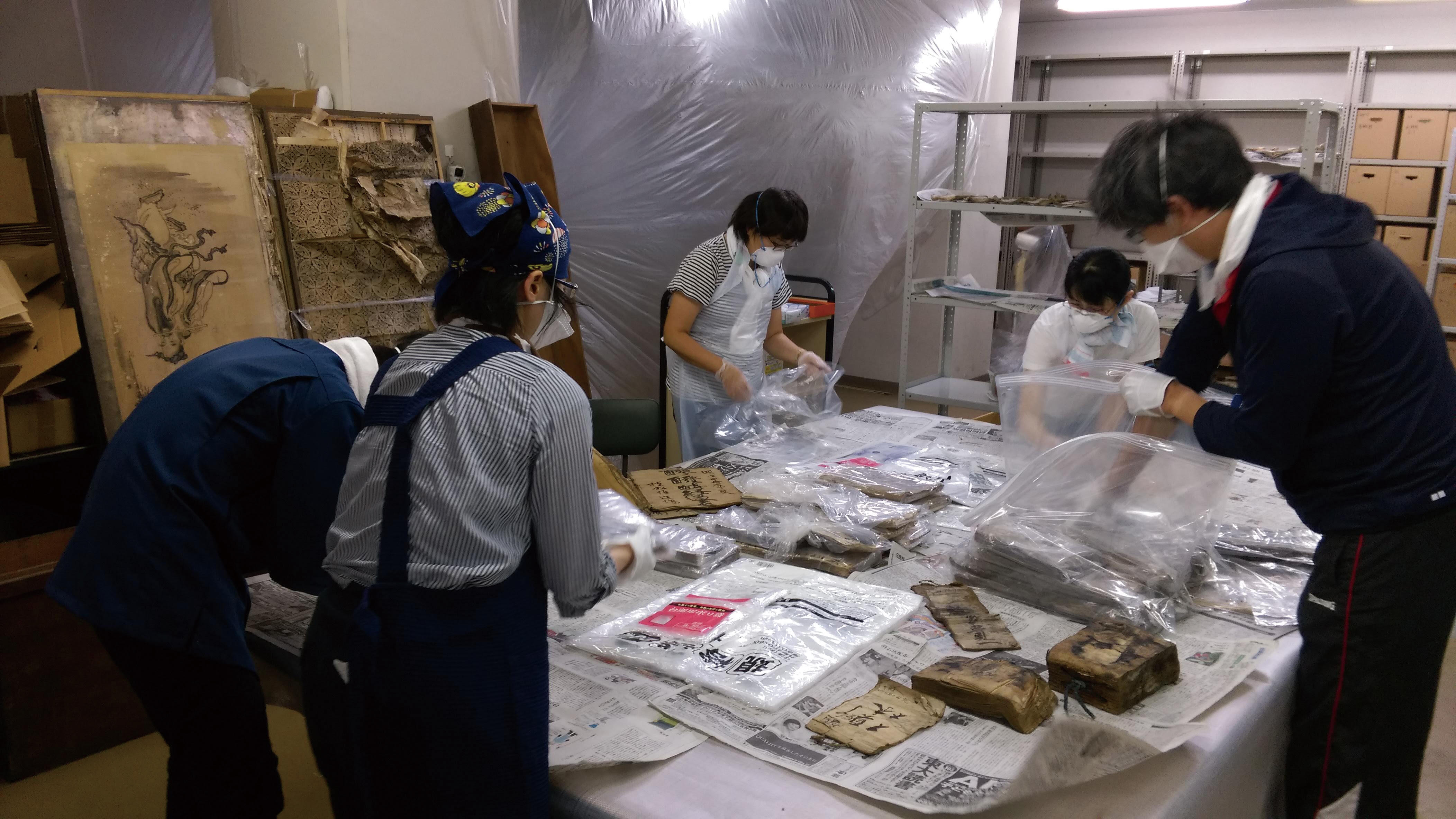
Fig. 1
Since the 2011 earthquake, Japan has seen many large-scale torrential rains and typhoons nationwide, including the 2015 Kanto/Tohoku Torrential Rains, the 2016 Kumamoto Earthquake, the 2018 West Japan Torrential Rains, and the 2019 East Japan Typhoons. Confronted with these damages, Shiryo-Networks have implemented initiatives after earthquakes and windstorms across Japan and have continued the quest for materials inheritance.
2. Disaster Preparation Practices and Leaders
2.1. "Rescue" Developments
We often refer to rescue activities for materials in a disaster as "rescue" activities. After the 1995 earthquake, the term "cultural properties rescue" appeared, and since the 2011 catastrophe, "rescue" has been gaining currency. TATEISHI Toru, for example, defines "cultural property rescue" as "the rescue and transportation of cultural properties, mainly movable cultural properties, from the disaster area to storage areas (including temporary storage), performing necessary emergency treatment" (TATEISHI, 2023, p. 43). This concept presupposes the fact that the "Tohoku Region Pacific Offshore Earthquake Disaster Relief Project (Cultural Property Rescue Project)" in 2011 aimed to "rescue cultural properties in need of urgent conservation measures, take emergency measures, and temporarily store them at museums and other facilities with conservation functions in the prefecture or neighboring prefectures." This was the background for "Cultural Property Rescue Projects"Notes1, and this understanding has been valid in subsequent disaster countermeasures.
Because of frequent tsunamis, typhoons, and torrential rains, it is impossible to complete the "rescue" only by moving them to a safe place; the objective is to get the materials out of hazards like water damage.
What kind of entities are responsible for activities mentioned above? In the case of a wide-area disaster, as in 2011, the government responds to it comprehensively and nationwide, but local governments, museums, and universities usually take the initiative for local disasters. In particular, as for Shiryo-Networks activities, the locals and those involved in the community lead the projects in addition to university faculty, museum curators, archivists, and other specialists from many fields. The distinctive feature of Shiryo-Networks is that the researchers from diverse fields aim to research, preserve, and pass on local history and culture, focusing on diverse values through dialogues with the residents. On the other hand, the networks do not necessarily have specialists in conservation or restoration, and participants still try and fail when handling damaged materials. When the damage is extensive, each practitioner has to deal with an enormous amount of materials. Usually, citizen volunteers help with the work. Thanks to the accumulated experiences, we have many reports on handling materials from the immediate aftermath of the disaster to their temporary storage. We need a summary of the achievements and issues related to disaster countermeasure practices based on a series of experiences and a proposal for future countermeasures.
2.2. Expansion of Disaster Preparation
Since the Great East Japan Earthquake, efforts to save archival materials have undergone several transformations. One is the involvement of conservation and restoration specialists in local activities. Of course, experts had saved local materials, particularly folk and art materials. However, it was after the great earthquake that we could see the practice of collaborative rescues by Shiryo-Networks and the residents more often across Japan.
For example, OKADA Yasushi, a specialist in the conservation and restoration of sculptures and cultural properties, led a rescue for Buddhist statues handed down in the communities and damaged or destroyed by the earthquake and tsunami during the 2011 earthquake. When restoring Buddhist statues, Okada does not move the materials to a workshop but restores them on-site and shares the restoration process with locals by opening it to the public. Okada explains that this aims to allow the public to feel the restoration process of Buddhist statues as symbols of the community while linking it to that of the disaster area (OKADA Yasushi. "Higashinihondaishinsai ni okeru chokokubunkazai no hisaigo no taio to hisaimae no taisaku ni tsuite [Dealing with Sculptural Cultural Assets before/after the Great East Japan Earthquake]", in: Bulletin of Tokai National Higher Education and Research University Archives, 2021). Such efforts to empathize with the local significance of rescued materials while confirming their contents with the residents in the recovery and reconstruction from the disaster were also carried out in the rescue activities of damaged folk tools (KATO Koji. Hukko Kyureshon [Restoration Curation]. Shakai Hyoron Sha, 2017), and are also notable as activities to reposition damaged materials as local materials.
Another characteristic of recent rescues is that they have become increasingly substantial and diverse. If we define the scope of "rescue" as the whole activity process, a series of community-based activities also need specific responses to damaged materials. Many practices nationwide try to save paper materials, such as old documents, based on the experience of the Great East Japan Earthquake, and participants tackle various issues like handling water-damaged or stuck materials and combatting mold and odor hazards. Indeed, conservation and restoration specialists sometimes take the initiative. However, the projects are usually volunteer projects led by a Shiryo Net: cultural property staff in local governments, museum curators, university faculty, and the locals play a vital part in it.
3. Objectives and Goals of Materials Rescue
As we have seen, "non-experts" often lead recent community-based activities to save archival materials, prompting us to seek and practice measures that do not require advanced techniques or specialized equipment. However, we have different issues depending on the damage to the target materials. Various practical examples and reports are available, depending on the situation in the affected areas and the nature of the response personnel, and we have a wide range of manuals and other documents based on thumb rules. An overview of these manuals reveals that although they use the same terminology, they sometimes have different objectives and methodologies. Furthermore, participants do not always share the process and goals of the "rescue". To understand "rescue" as a generic term for on-site work in disaster response and to examine past efforts as practical examples for the future, it is necessary to organize the concept of the work required in "rescue" [Fig. 2: "Rescue" flow].

Fig. 2
An essential task in the "rescue" process is first aid (treatment). HIDAKA Shingo clearly states the purpose of this process as follows:
First aid measures are to halt the deterioration of damaged cultural properties and to provide a bridge to the next stage of restoration, that is, the full-scale restoration. At the same time, keeping the temporary storage areas mentioned above clean is also essential (HIDAKA, 2015, p. 39).
According to him, emergency measures are temporary measures before we implement necessary "full-scale restoration", and in addition to controlling the progress of deterioration of the materials, they also include the maintenance of the storage space environment. In this case, emergency measures are positioned as a preliminary response before the restoration and differ from restoration activities. Symbolized by the word "rescue," the process of first disaster countermeasures is preliminary, and restoration actions involving dismantling and cleaning are not inevitable. However, with recent natural disasters becoming more frequent and severe, the "rescue" process tends to be time-consuming. In some cases, they carry out the work beyond the scope of emergency measures during long-term temporary storage.
Then, to what condition should emergency measures bring the damaged materials? Since many materials in various media are damaged, it is not realistic to immediately restore all the materials to their perfect condition. Therefore, it is crucial to avoid or control the rapid deterioration by applying emergency measures to as many materials as possible in the affected areas and formulating and implementing a work plan to proceed to conservation and restoration for the materials' expected subsequent utilization and succession. For details on specific methods for typical materials, see the discussions in Part 2.
First, let us discuss the purpose of emergency measures. With varying degrees of deterioration, the primary objective is to control the progression of deterioration of the target material. In other words, the primary objective is to eliminate the severe risks posed by disasters. For example, the primary objective for water-damaged ones is dehydration, which requires temporary treatment by freezing or drying. In the case of materials collapsed or damaged by the earthquake, it may be necessary to pick up the damaged parts or check the damaged areas.
Next, the criteria for the level of emergency measures differ in each region. The ideal situation would be to position the first aid phase as a temporary measure and focus on drying work, keeping the materials' shape intact, controlling deterioration factors such as mold, and simple cleaning for temporary storage. More specifically, emergency measures aim to bring the materials to a condition that will allow them to withstand temporary storage for two to three years. However, in the case of a great disaster like the Great East Japan Earthquake, "rescue" activities took more time than expected due to extended damage. As a result, they performed more than just temporary measures at the emergency measure stage. Some have started to call such practice "stabilization treatment" since the 2011 catastrophe, referring to actions that go beyond the scope of emergency measures and include some restoration actions. It is a measure that arose after a large-scale disaster where long-term temporary storage is necessary before restoration work. This concept applies to artworks, for which the practitioners need specialized techniques and knowledge even in the rescue stage. Based on this understanding, this book deals with the emergency measures stage rather than the "stabilization treatment" stage, and introduces its practice and concept.
As described above, the three stages of "rescue" activities generally include rescue, emergency measures as a subsequent response, and temporary storage. In principle, emergency measures should be temporary in anticipation of future restoration. However, depending on the damage and the nature of the materials, sometimes dismantling and cleaning may be necessary in the restoration process. In this regard, Prof. HIDAKA pointed out that "when considering the ideal emergency measures, it is necessary to seek for the ones that do not only seek to stabilize the condition of damaged cultural properties but incorporate the methodology of conservation and restoration of cultural properties for their subsequent utilization".Notes2 We, therefore, need to discuss ideas by paying attention to the social environment where the materials are, and not just by focusing on technological matters. To this end, it will be necessary to share the purpose and awareness of materials preservation and inheritance among the entities involved, and to discuss and confirm the goals.
Conclusion
This chapter reviewed the progress and situation of materials preservation as a disaster countermeasure and organized materials "rescue" activities in a disaster. Many private materials handed down in local communities are often stored in warehouses or storerooms. They are not always stable preservation environments, and it is difficult to receive public support for their restoration and conservation financially. When such materials are damaged, volunteers, especially those from a Shiryo-Network, often lead "rescue" activities. Local governments and museums do not always have specialists familiar with the target materials, so usually, non-specialists have to lead "rescue" activities. To prepare for such situations, it is first necessary to recognize the basic concept of the "rescue". It is also important to know about the fields and experts of materials preservation.
Notes
1 Decision of the Deputy Director-General of the Agency for Cultural Affairs (30 March, 2011), "Implementation Guidelines for the Tohoku Region Pacific Offshore Earthquake Disaster Relief Project for Cultural Properties (Cultural Property Rescue Project)".
https://www.bunka.go.jp/earthquake/rescue/pdf/bunkazai_rescue_jigyo_ver04 .pdf(last viewed 25 December, 2023)
2 HIDAKA Shingo, "Daikibosaigaiji ni okeru bunkazaireskyu no kadai [Issues with Cultral Asset Rescue in Large-Scale Disasters ]", in: Bulletin of the National Museum of Japanese History, 214, 2019, p. 50.
References
AMANO Masashi and GOTO Makoto (eds). Chiikirekishibunkakeisho gaidobukku [Guidebook for Community Hisorical Culture Inheritance]. Bungaku Report, 2022.
HIDAKA Shingo. Saigai to bunkazai [Disasters and Cultural Properties]. The Senri Foundation, 2015.
KOHDZUMA Yohsei, TATEISHI Toru, and KODANI Ryusuke (eds). Nyumon daisaigaijidai no bunkazaibosai [Introduction to Cultural Property Disaster Prevention in the Age of Great Disasters]. Douseisha, 2023.
MATSUSHITA Masakazu and KONO Mio (eds). Suisonshiryo wo suku [Rescuing Water-Damaged Materials]. Iwata-shoin, 2009.
OKUMURA Hiroshi (ed). Rekishibunka wo daisaigai kara mamoru. [Protecting Historic and Cultural Resources from Natural Disaster ]. University of Tokyo Press, 2014.

